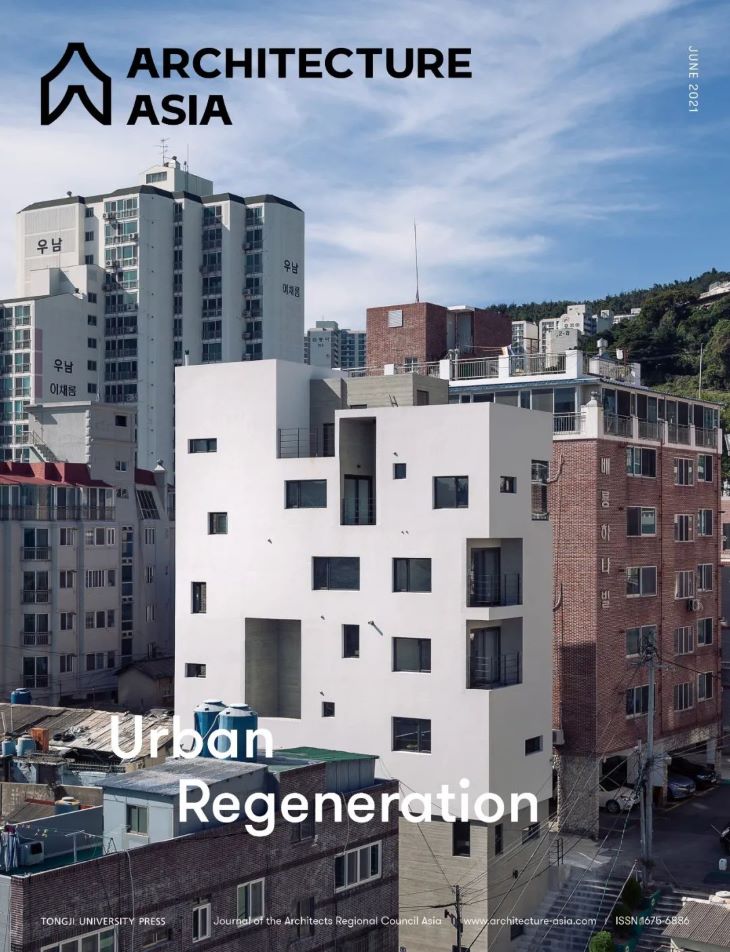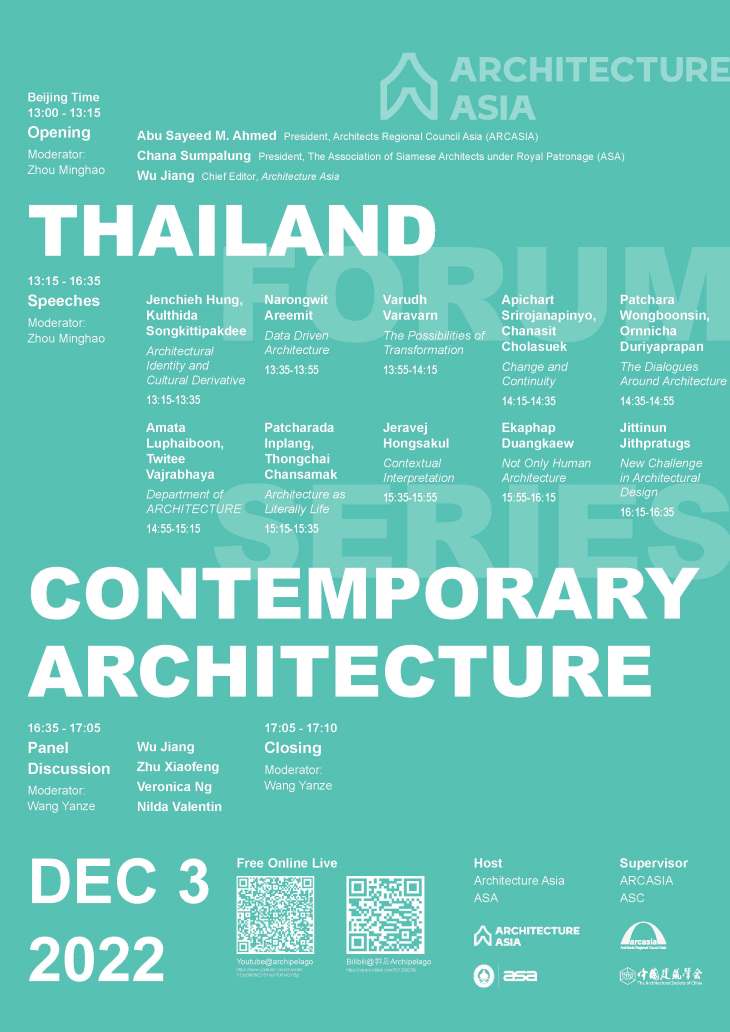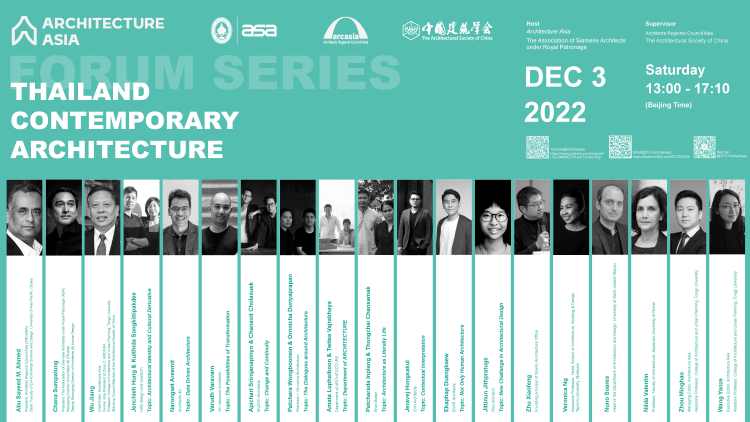Architecture in Contemporary China Between Historical Heritage and Innovation

Abstract
The intent is to identify methods and strategies that, in both new construction and preservation, regeneration, renovation, and redevelopment projects, have enabled the development of site specificity and continuity with Chinese culture in an innovative way. Site specificity thus becomes an essential component of a contemporary project that recognizes the unique value of cultural heritage.
ULTERIORE APPROFONDIMENTO (TESTO ESTESO)
China has an ancient and important cultural heritage, one of the longest civilizations in the world. The interest, especially on the part of scholars and intellectuals, for questions concerning the construction of new projects and the conservation, restoration, preservation, rehabilitation, and regeneration of cultural and historical heritage is more than ever, a constant and growing theme of attention and debate.
In recent decades, the rapid development of many Chinese cities has caused the demolition of entire historic buildings and neighborhoods and the development of new parts of the cities with a new contemporary approach that goes from being site specificity to being utterly indifferent to the place.
Due to political, social, and economic pressures, the modernization process has altered, in fact, the protection and valorization of a significant part of the architectural heritage of many cities. Since the new consciousness for the protection of historical architecture has supported a unique series of interventions in-between Western theories and Chinese philosophical thoughts, this research studies and analyses a selected series of projects that will exemplify the different current design approaches to the problem. The idea is to identify the appropriate tools and methods for developing a design process that could reflect the Chinese cultural heritage in the future in an innovative and contemporary way.
PUBBLICAZIONI
Valentin Nilda (2023), “Architecture and Urban Design in Contemporary China. Time, Space and Innovation”. Roma: Gangemi Ed. (in print).
Valentin Nilda (2023), “Thailand Contemporary Architecture Forum”, in Saithiwa Ramasoot, “Architecture Asia Forum Series: Thailand Contemporary Architecture”, in ASA Journal, Jan-Feb. 2023, Bangkok, pp. 22-39 ISSN 0857-3050 (The Architectural Journal of the Association of Siamese Architects under Royal Patronage).
Valentin Nilda (2020) “East Meets West. A Diary of Encounters Between China and Italy”, in O. Carpenzano, A. Del Monaco, R. Cherubini (a cura di), “DiAP in the World, International Vision”, Collana: Materiali e documenti n. 54, Rome: Sapienza Università Editrice, pp. 141-156.
ALTRI ESITI
Guest critic to “Thailand Contemporary Architecture Forum”, promoted by Architecture Asia. 3 December 2022.
Guest lecturer of the “3rd ARCASIA Conference on Urbanism: Urban Regeneration”, Tongji University, Shanghai, with Architects Regional Council Asia, Architectural Society of China & Institute of Architectural Education, 5 December 2020. Proceedings published in “Architecture Asia: Urban Regeneration”, 2021. pp. 2-11.



